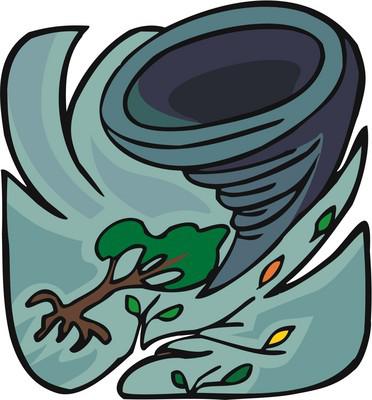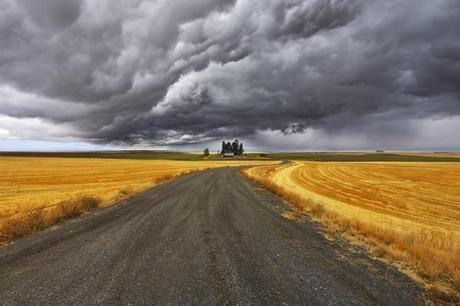 The recent tornadoes in the South and Midwest left behind acres of tangled, shredded debris — building materials, trees, cars, refrigerators. They also left behind some potentially serious environmental hazards.
The recent tornadoes in the South and Midwest left behind acres of tangled, shredded debris — building materials, trees, cars, refrigerators. They also left behind some potentially serious environmental hazards.
Faced with challenging cleanups, states are relaxing some environmental protection regulations in the affected areas. Missouri, for example, is temporarily lifting some restrictions on what can be discarded in landfills. The state also is allowing residents in affected areas to burn vegetative matter on their own property, but only with the permission of the local fire department. Burning is an obvious way to quickly clear a pile of debris, but indiscriminate burning of made-made materials could release a poisonous stew of toxins into the air.
Toxins already released by the tornadoes are a bigger worry. These include asbestos, lead paint chips, gasoline, oil, and battery acid. A contractor cleaning up an Alabama site found the area contaminated by highly dangerous polychlorinated biphenyl (PCB), leaked from damaged electrical transformers.
Asbestos appears to be the biggest concern, especially in neighborhoods with older homes, schools, and commercial buildings. The massive storms ripped asbestos insulation out of walls and smashed asbestos shingles, tiles, and other building materials into dust.

Asbestos is a mineral that breaks into tiny fibers. If breathed into the lungs the fibers can cause a host of severe illnesses, including the deadly lung cancer mesothelioma. However, the effects are not immediate. There are people receiving mesothelioma treatment today because they breathed asbestos as long as 40 or 50 years ago.
State and federal regulations require that asbestos removal can be done only by specially trained and licensed contractors, who wear respirators and “hazmat” suits. But with such widespread damage, it’s expected that many people will plunge into cleanup work without calling in experts to find out what hazards might be present. Some states are telling residents to at least wear high efficiency particulate air (HEPA) masks and heavy gloves when working around all tornado debris.
There were scattered reports of broken sewer and gas lines after the tornadoes had done their work, but more damage could be done by the cleanup. In some communities ruined building materials are being heaped along roadways, right on top of residential sewer lines. Eventually heavy equipment will be brought in to haul the debris away. Older lines in particular might be crushed, causing another kind of biological hazard and possibly compromise drinking water.
Most of the storm damage was in residential and farming areas, and it’s hoped that lingering environmental hazards will be isolated, and few. It may be weeks or months before the full extent of environmental damage is known.

